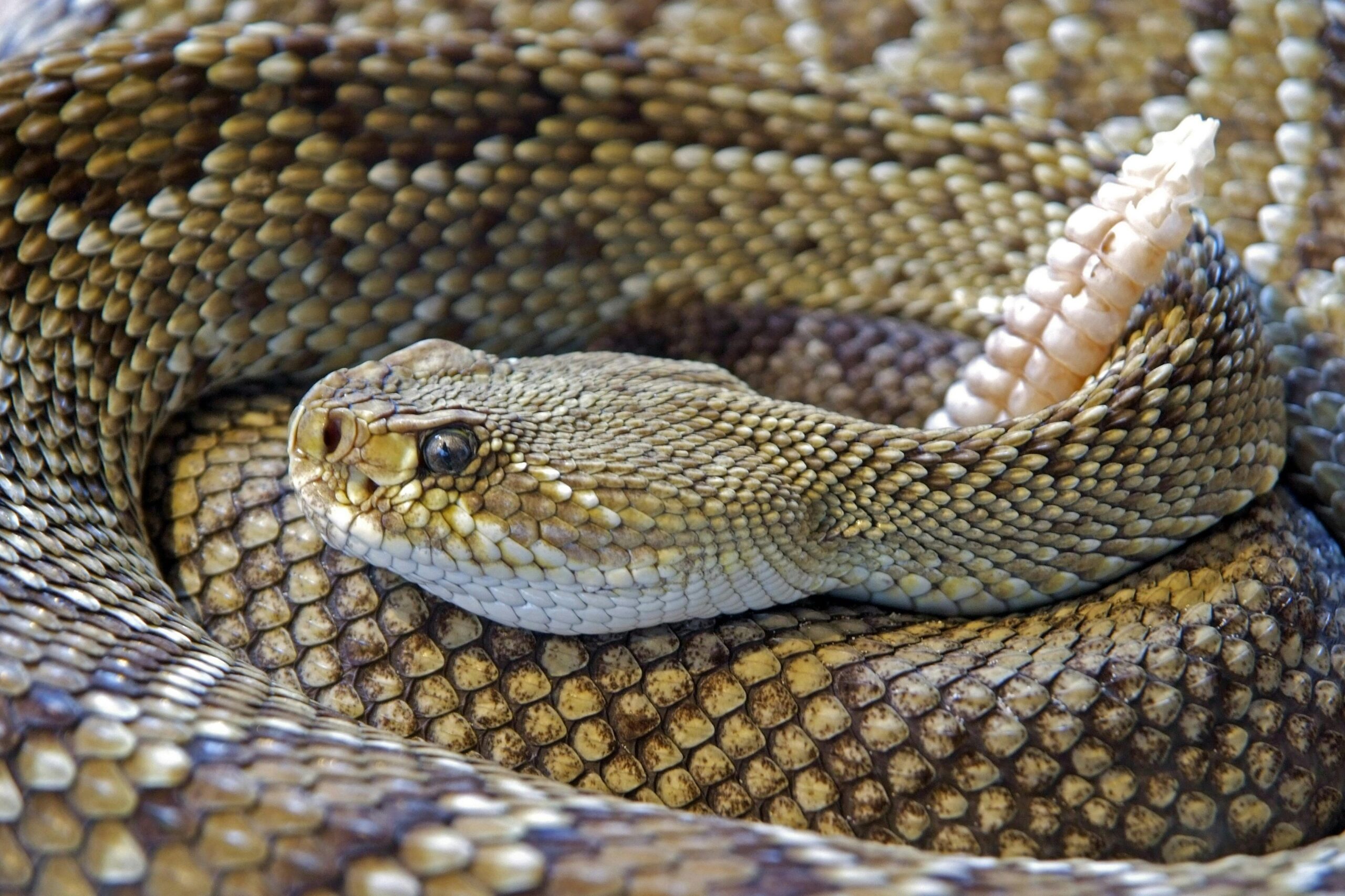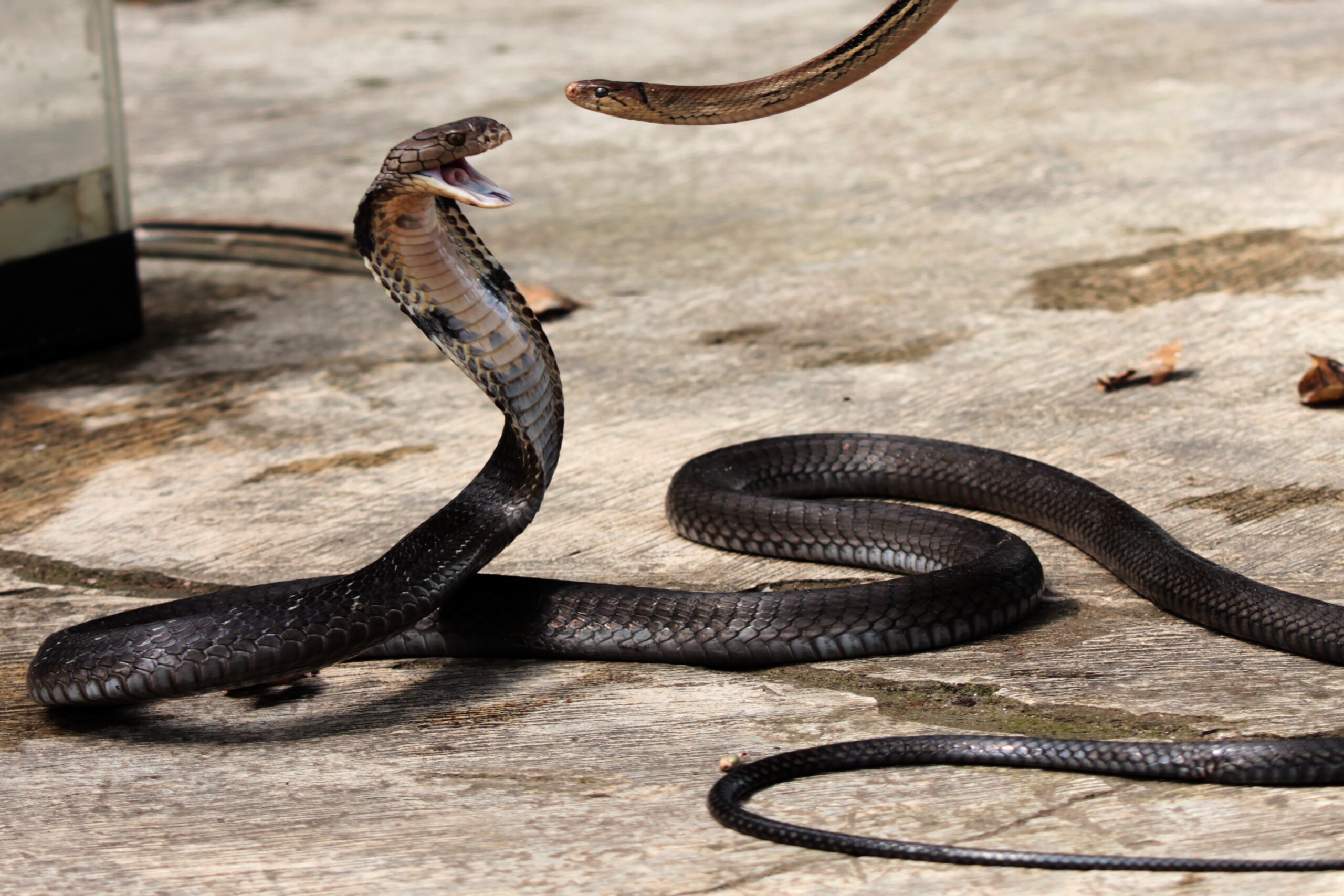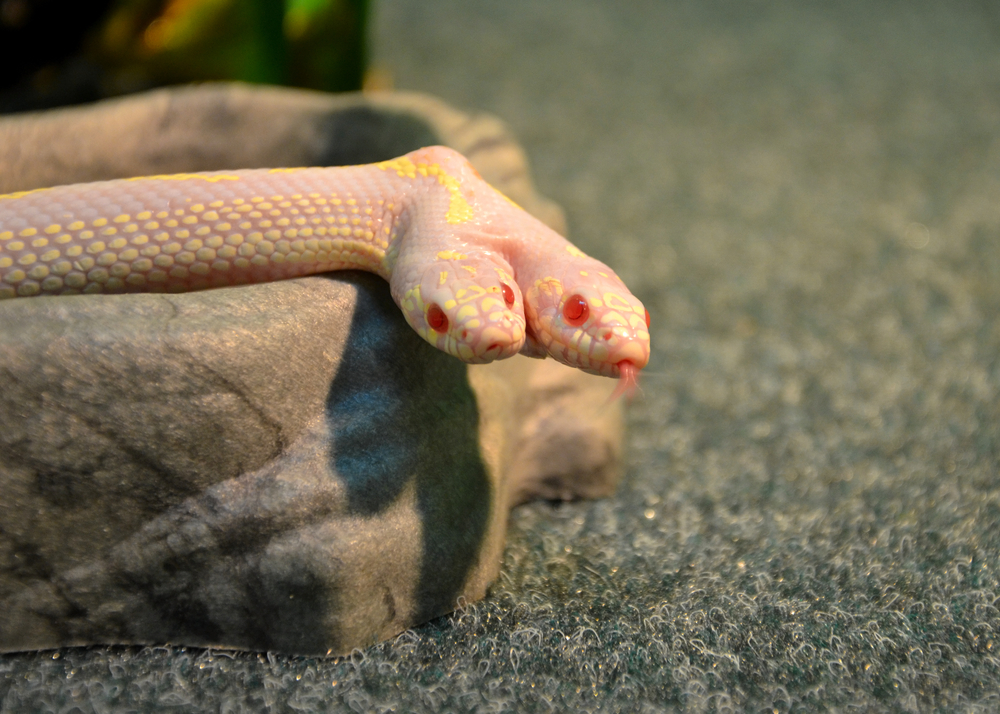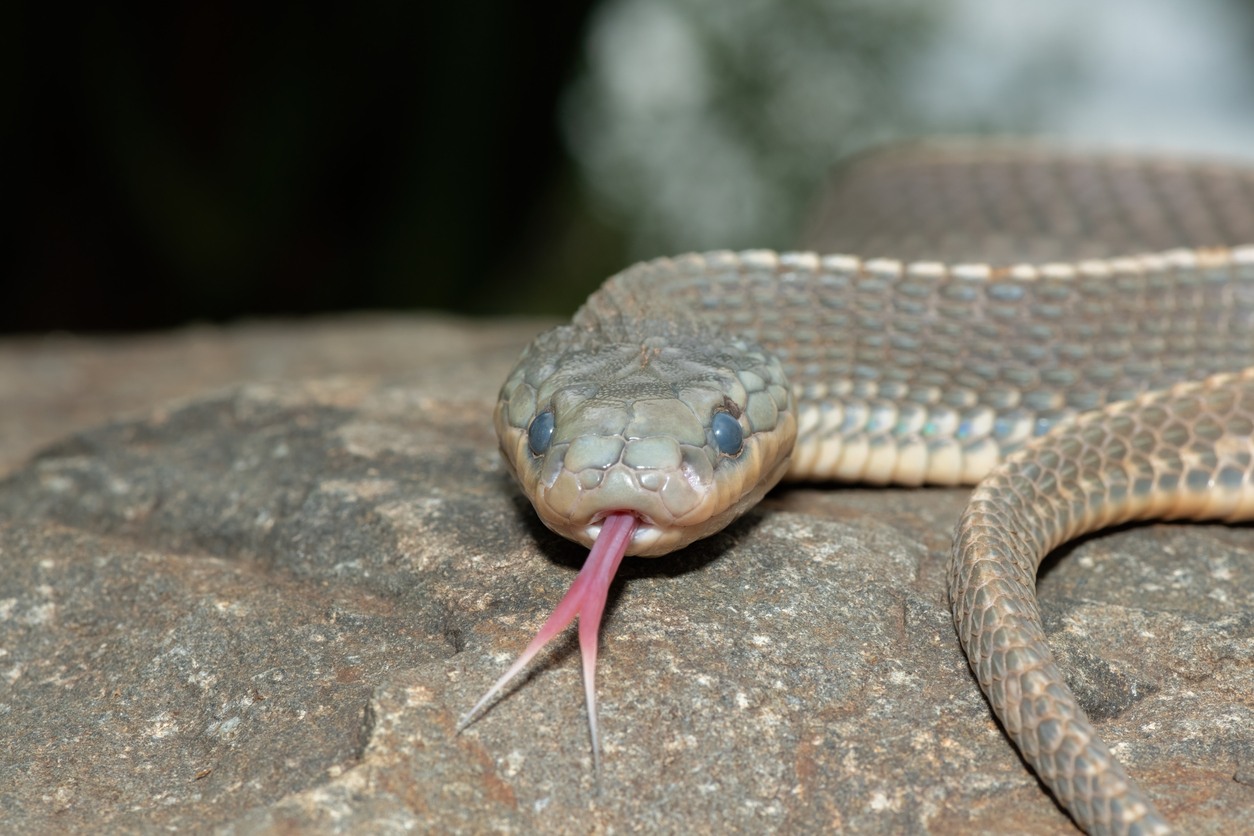1. Ireland Has No Native Snakes – But It’s Not Because of St. Patrick

One of the most famous legends about Ireland claims that St. Patrick banished all the snakes from the country. While it’s a compelling story, the real reason Ireland has no native snakes is far less mythical. During the last Ice Age, Ireland was covered in ice and far too cold for any reptiles to survive. As the ice melted, animals from Europe began migrating to the island, but snakes never made it. The rising sea levels that created the Irish Sea cut off Ireland from the rest of Europe, preventing any snake species from naturally reaching the land.
Today, Ireland remains one of the few places on Earth without a single native snake species. Unlike Britain, which has a few snake species like the venomous adder, Ireland never got the chance to establish a population. That means no unexpected encounters while hiking, no snake bites to worry about, and no need to double-check your shoes in the morning. Of course, some people in Ireland do keep pet snakes, but in the wild, the only slithering creatures you’ll find are earthworms.
2. Every Single Snake Can Swim – Even the Ones That Live in Deserts

It might be surprising to learn that all snakes are natural swimmers, even those that live in dry, arid environments. Unlike mammals that need to learn how to swim, snakes instinctively know how to move through water. Their bodies are designed for undulating motion, which allows them to glide across surfaces smoothly, whether it’s sand or water. Some snakes, like sea snakes, have evolved specifically for life in the ocean, with flattened tails that work like paddles.
Even species that have never been near a body of water can swim if they need to. Rattlesnakes, for example, are often spotted floating across rivers or lakes in search of food or new territory. They don’t just drift along aimlessly—snakes are powerful swimmers capable of long distances. In fact, some snakes have even been known to cross between islands by swimming for miles. So, if you ever thought that staying in the water would keep you safe from snakes, think again.
3. Snakes Don’t Have Eyelids – And That’s Why They Stare

Ever notice how snakes always seem to be staring? That’s because they don’t have eyelids. Unlike humans and many other animals that can blink to keep their eyes moist and free of debris, snakes have a clear protective scale called a spectacle that covers their eyes at all times. This scale acts like a built-in contact lens, shielding their eyes while still allowing them to see.
Since snakes can’t close their eyes, they also sleep with them open. Instead of shutting out the world, their brains simply shift into a restful state while their unblinking gaze remains fixed. When it’s time to shed their skin, the spectacle also peels away, revealing a fresh, clear surface underneath. If you’ve ever locked eyes with a snake and felt unsettled by its unwavering stare, now you know—it wasn’t giving you an intimidating look, it just had no other choice.
4. Some Snakes Can Fly – Well, Sort Of

Most people expect snakes to slither on the ground or maybe climb a tree, but some species take it to a whole new level—by gliding through the air. Flying snakes, found in Southeast Asia, have a unique ability to launch themselves from tree branches and soar across the forest canopy. They flatten their bodies and undulate mid-air, using the motion to control their direction and extend their flight path.
While they don’t technically “fly” like birds or bats, their aerial skills are impressive enough to rival any gliding mammal. These snakes can cover distances of up to 100 feet in a single leap, effortlessly navigating from one tree to another. Scientists believe this ability evolved as a survival strategy, allowing them to escape predators or move quickly in search of food. So if you ever find yourself in a rainforest in Asia, don’t just watch the ground—keep an eye on the trees above.
5. Snakes Can Have Two Heads – But They Rarely Get Along

As if snakes weren’t fascinating enough, some are born with two fully functional heads. This rare condition, known as bicephaly, occurs when an embryo doesn’t fully split during development, resulting in a single body with two independent brains. While it sounds like something out of mythology, two-headed snakes are real, and they often face serious challenges in the wild.
Each head has its own brain and can make independent decisions, which can lead to confusion and even conflict. One head might try to move in one direction while the other insists on going the opposite way. In extreme cases, one head may even try to attack or eat the other. Most two-headed snakes don’t survive long in the wild due to their difficulty in coordinating movement and avoiding predators. However, in captivity, where they receive proper care, some have lived for years, astonishing anyone who sees them.
6. Snakes Smell With Their Tongues – And It’s More Effective Than a Nose

One of the most iconic snake behaviors is their constant flicking of the tongue. This isn’t just a quirky habit—it’s how they “smell” their surroundings. Snakes have a special organ called the Jacobson’s organ, located in the roof of their mouth, which detects chemical particles in the air. When a snake flicks its tongue, it collects scent particles and delivers them to this organ, allowing it to analyze its environment in incredible detail.
This method of sensing the world is so effective that snakes can detect the presence of prey, predators, or potential mates from a significant distance. It also helps them track movements, even in complete darkness. Unlike humans, who rely heavily on eyesight and hearing, snakes experience the world primarily through scent and vibration. So the next time you see a snake flicking its tongue, it’s not just being curious—it’s mapping out everything around it in ways we can hardly imagine.
7. Some Snakes Can Play Dead – And They’re Very Convincing

Playing dead is a survival tactic used by many animals, but some snakes take it to an extreme. The hognose snake, for example, is famous for its dramatic act when threatened. If confronted, it will first puff up its body and hiss loudly, trying to intimidate its attacker. If that doesn’t work, it suddenly flops onto its back, opens its mouth, and lets its tongue loll out, pretending to be lifeless.
What makes this performance so convincing is the extra effort the snake puts into selling the illusion. It may release a foul-smelling musk to mimic the scent of decay, making it even less appealing to predators. Some hognose snakes will even twitch slightly, as if in the final moments of death. If flipped over onto its stomach, the snake will immediately roll back onto its back, as if insisting that it is, indeed, very dead. Once the danger has passed, it casually rights itself and slithers away as if nothing happened. It’s a bizarre but effective strategy that has helped these snakes escape many close encounters.


